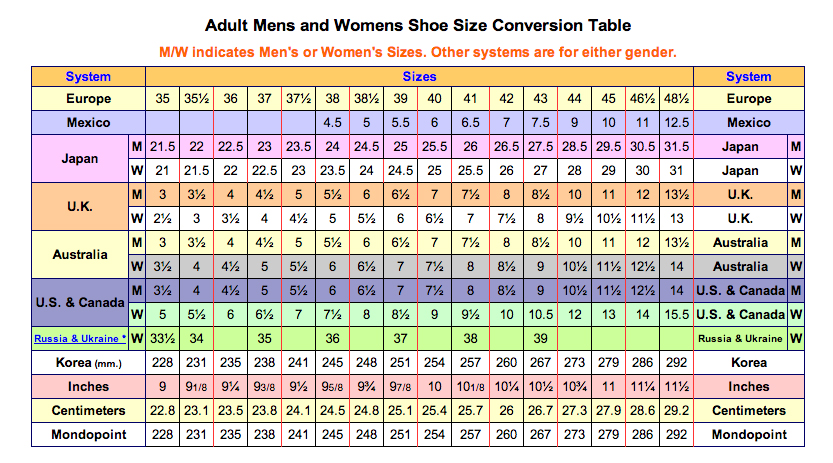




| Login | ||
 |  |
 |
 |
 |
844-TRUFIT1 |
|
| HOME | PRODUCTS | DIGITAL SOLUTIONS | SIZING BASICS | HOW IT WORKS | CONTACT |

Ever notice the same size shoes from different makers don't always fit equally? It's no secret shoe sizng is not an exact science. In fact, it's not a science at all,
but an arbitrary reference designed to simplify a very complex measurement.
The human foot is highly intricate having many points of articulation which vary not only from person to person but between your own feet! Proper shoe fitting takes
into account numerous factors including midline, heel-to-ball length and toe length as well as degrees of pronation, supination and arch. Since accounting for such
detail would be impossible with massed produced footwear, conventional sizing systems use only length and width as a practical compromise to simplify manufacturing
and expedite the fitting process.


As any footwear professional will attest, sizing is more than length. Proper matching of ball articulation with the natural flexation point of
footwear is just as important as overall size. It's not only fit alone, but also the qualtiy of the fit that's essential to foot health and
proper footwear function. This is why conventional mechanical sizers are equipped to measure both overall and ball-to-heel lengths. However, while simple,
such factors can be confusing to customers unfamiliar with fitting methods resulting in frustration as they are thus forced to hunt down assistance
or suffer lower quality fit and associated footwear assessment from improper self service.
|
| OK |
 |
|